Ah, that’s a decent shot of you,” said my friend Lou, as we thumbed through a set of photo prints over our morning coffee. As I sipped, I thought, “Well, it might be a good snapshot, but I wonder what would make it a good portrait?”
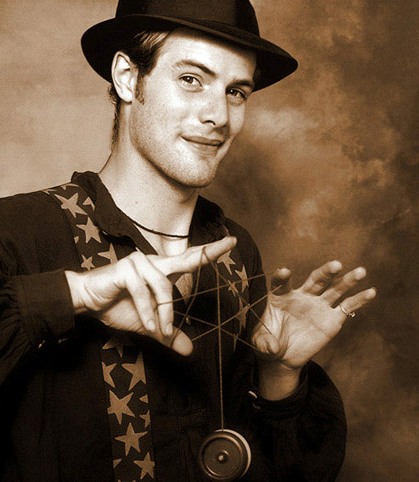
WHAT MAKES A LASTING PORTRAIT?
One secret of making lasting portraits is the relationship between the photographer and the subject. A second, and equally vital aspect of all lasting portraits, is what we viewers bring to them.
For lasting portraits, the qualities of a subject and energies of a photographer should enhance each other like a candle and its flame. As we explore this union, we’ll see how trust in this subject-photographer relationship is the key.
Lasting portraits show a universal humanity that reflects the face of our own uniqueness back to us. They are more than just pretty pictures. Long after the image is made, an enduring portrait can change how we feel and shape how we see. As viewers, we humanize, cherish and collect lasting portraits, and each one begins with a trusting subject-photographer relationship.
THE SUBJECT / PHOTOGRAPHER RELATIONSHIP: Mutual Trust
Mutual trust supports the subject-photographer relationship. Rapport makes the photography process flow and we can tell when a subject and photographer “click” with each other.
When we ourselves are photographed, and we trust the photographer, we are more apt to be at ease expressing our personality. So, those photographers who make better portraits often know who their subject is, how to build a trusting relationship with them, and how to put this knowledge into a print.
Like a driver’s license shot, a snapshot portrays a minimal photographer-subject relationship. “Stand here and smile” snapshots, while part of a global folk art, are often taken without much conscious effort or communication. A lasting portrait, however, invokes a deeper aesthetic.
Lasting portraits grow out of successful communication and connection between the photographer and the subject.
As viewers, we are compelled to look closely at portraits which show people’s emotions.
Just like a good marinade for your favorite cuisine, the subtle flavor of a photographer’s style soaks into lasting portraits. We photographers relate in a variety of ways to our subjects, but no matter whether our style is involved, indifferent, documentary, or judgmental, viewers will immediately grasp the photographer’s depth of commitment. Experienced photographers understand how their creative energy affects their subject.
Creativity with portraits involves the invocation of a state of rapport when only a camera stands between two people, mutual vulnerability and mutual trust.
~ MINOR WHITE
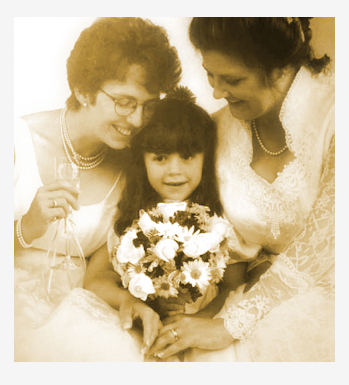
Think of the wedding photographer who takes time to establish trust and knows how family members in a group picture are related to each other. These insights make it easier to capture natural expressions for a family portrait.
AWARENESS & VISION: STREET PORTRAITS
Due to the contradictory nature of photography, lasting portraits can arise from spontaneous, chance encounters. For example, as we create street photos, we often catch strangers unaware that they are being photographed. In these brief sightings, experienced street photographers will create enduring images.
Even without knowing who the subject is, viewers still perceive these portraits as lasting; street portraits demand awareness, commitment, and a free flowing “vision without association” from a photographer.
It’s not the photographer that makes the photograph, it’s the person being photographed.
~ SEBASTIO SALGADO
A NOTE ON GEAR: On the street or in the studio, technique must be second nature. All thoughts of camera handling must be as instinctive as an eagle moving its bill. When photographers pause during a portrait session to check gear, it is already too late. We must intuitively understand the HOW, so we can portray the WHO.
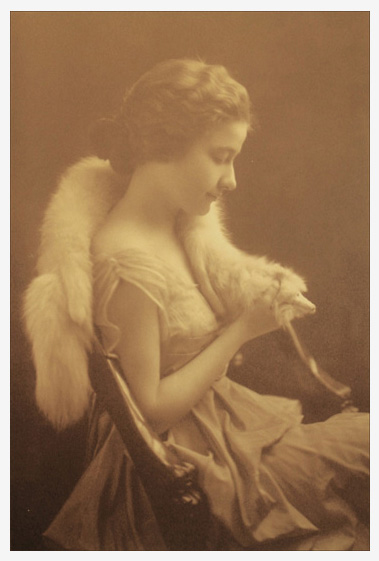
TIMELESSNESS & THE MIRROR OF MORTALITY
Lasting portraits are a mirror of, and defense against, our mortality.
Each portrait is made in the context of its own era, tied to a specific period of time by its style. We add textual meaning to these portraits in several ways, such as by including captions and metadata. The picture here, of a woman holding a fox, shows my grandmother during her collegiate theater days.
Its style and inscription pin it to the WWI era. Viewing family portraits such as this takes us back in time, expanding our life history. They give our lives a sense of depth and continuity.
Memorable portraits also function like mirrors. We see ourselves in them. We may even talk to the people shown in them. Seeing them brings up a range of emotions: passion, pride, and love. They also compel us to wonder about the life of the person depicted.
Why? Because of the power of these portraits to engage our fantasy life and our imagination. With time’s passing, we fantasize about these lasting portraits even more deeply, framing them with plot, theme, character, and fantasy. Sliced from time’s flow, lasting portraits convey a sense of timelessness.
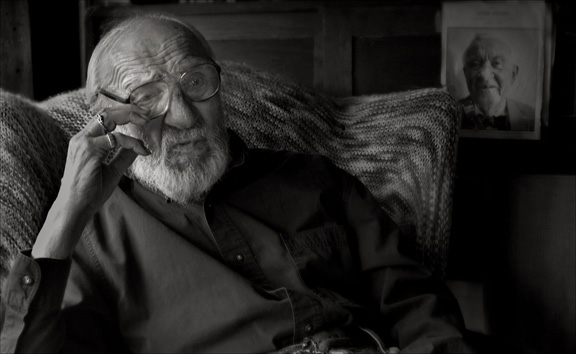
All portraits reflect this mirror of mortality. When I photographed this elderly man, in his late 80’s and in poor health, I suspected I would never meet him again. This realization left me feeling gloomy during our session: a sadness that, in turn, changed the style of how I approached the portrait lighting.
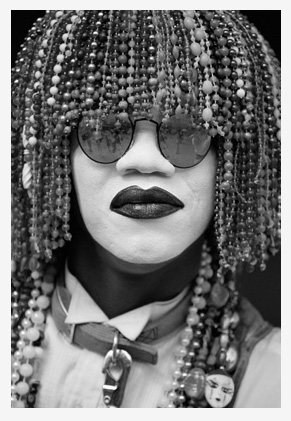
We have many relationships in our lives. There is one we can all count on: the relationship we have with our mortality. Lasting portraits objectify this relationship, especially those portraits we make and collect of our old friends and family.
Our early family images are the keepers of our childhood, illuminating our mortality and that of our loved ones. In the years after we photograph them, we often do not know what happens to the people in our portraits. The only thing we can know for certain is that time has passed and they have changed.
If you doubt this, take out an old photo of yourself.
Many things have changed since it was taken. As Susan Sontag said, “To look at an old photograph of oneself, of anyone one has known, or of a much photographed person, is to feel, first of all, how much younger I (he, she) was then. Photography is the inventory of mortality.”
Lasting portraits can even get viewers to care about a stranger. We may not know the identity of the subject. When I took this portrait entitled Beadman after his street performance, I did not know who this man was. His character made this image symbolic of many street performers I’ve met.
Seeing his portrait, viewers usually focus on the subject and not on the facts of who, where, and when it was taken. The facts of a portrait fade to insignificance when it resounds with character and feeling. A portrait does not reflect factual truth, but emotional truth.
It is easy to make a picture of someone and call it a portrait. The difficulty lies in making a picture that makes the viewer care about a stranger.
~ PAUL STRAND

3 Portrait Tips for Capturing Images with a Vital Photographer-subject Relationship
Explain why you are making a portrait. Let your subject know it is their face, what they are doing or something unique about them. Praise your subjects honestly.
Smile when you photograph someone. Your subject is always watching your facial expression. They may not speak your language, so a large part of what you communicate comes from your expression.
Thank people sincerely after making their portrait. Talk with them after you make the photographs. Your positive, compassionate tone of voice reinforces your successful communication with someone. If you can, thank them with a print.
FINAL THOUGHTS
Lasting portraits are made by skilled, purposeful photographers who make time to build trusting relationships with their subjects. However, a successful portrait does not require in-depth photographer-subject relationships.
We celebrate portraits to the extent we relate to them and fantasize about them. Lasting portraits mirror our mortality as they open doors to our past. Making them is one of photography’s intriguing challenges.
by Jim Austin
All text and photos: © 2012 Jim Austin. All rights reserved.

Leave a Reply